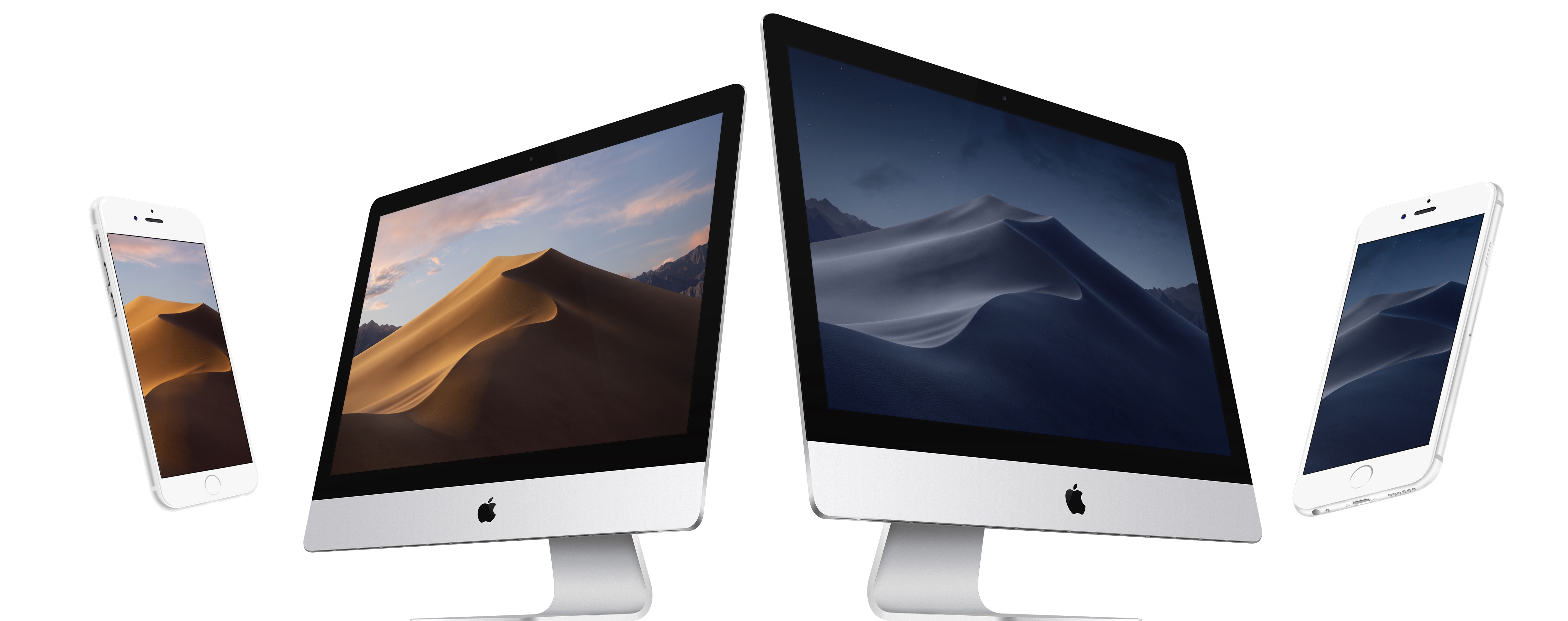

- #Gradekeeper for mac mojave install#
- #Gradekeeper for mac mojave password#
- #Gradekeeper for mac mojave download#
You may notice a very high-speed download (which is much higher than the speed of your Internet connection). To verify the setup, click on any of the package (.pkg or pkg) URLs in your browser and check the download speed as it downloads the package. Leave the Terminal window open to keep the localhost server running until the process is completed. The current directory (macos_local) is now hosted on localhost.
#Gradekeeper for mac mojave password#
Provide the admin password and click on Allow in the subsequent message prompt.
With macos_local as the present working directory in Terminal, execute the following command: “ sudo python -m SimpleHTTPServer 80”. Click on Authenticate when prompted, and provide the system admin password. Place the downloaded package files in their respective relative location (as per their URLs) within the macos_local folder on the Desktop. pkg files, inside the macos_local folder (Provide the admin password when requested):
“ sudo mkdir -p. Enter the following command to create the relative path for the. Go to the newly created folder by typing “ cd macos_local” and hitting return. Type “ mkdir macos_local” and hit return to create the root directory of the same name on Desktop. Type “ cd Desktop” on the command line and hit return to enter the Desktop folder. Open Terminal from the Launchpad or Applications list. The below instructions will guide you through the setup process. Then, we’ll use macOS’ built-in SimpleHTTP server convert the folder into a web server directory. Once the relative path has been created, we’ll configure the localhost server to point to the “macos_local” directory on Desktop. In this example, we’ll create a folder named “macos_local” on Desktop, and replicate the directory structure of the package URLs under the same. Step 3: Place the package files in a certain relative path from the localhost root, so as to mimic the structure of their respective download URLs. In that case, use the “ sudo killall -HUP mDNSResponder” command to flush DNS cache. Note: Sometimes, you might need to flush the DNS cache for the changes to take effect. Press control + X (^X), then Y and hit return to save the file and return to Terminal prompt.įrom now on, any request issued for the particular root domain () from the Mac will be directed to localhost. Append the following line to the end of the file: “ 127.0.0.1 ”. The hosts file is now open in editable mode within the Terminal window. 
Provide the System Password when prompted.
 Type in the following command: “sudo nano /etc/hosts”. Launch Terminal on your Mac from Launchpad or Applications list. The below instructions will guide you to modify the hosts file as required. To do this, you need to edit the hosts file on Mac to point the root domain of the download URLs (“”) to localhost (“127.0.0.1”). Step 2: Configure your Mac so that MAS looks for the macOS packages locally instead of from the Apple server. macOS Mojave InstallAssistantAuto.pkg file download URL:. macOS Mojave RecoveryHDMetaDmg.pkg file download URL:. macOS Mojave InstallESDDmg.pkg file download URL:. Step 1: Download the three “.pkg” files from the respective URLs given below. Then, we’ll configure the computer in such a way that Mac App Store processes the package files by fetching them from the local directory on your computer (Mac), instead of downloading it again from Apple. In this workaround, we’re going to directly download these raw packages from Apple server using a web browser or a suitable download accelerator.
Type in the following command: “sudo nano /etc/hosts”. Launch Terminal on your Mac from Launchpad or Applications list. The below instructions will guide you to modify the hosts file as required. To do this, you need to edit the hosts file on Mac to point the root domain of the download URLs (“”) to localhost (“127.0.0.1”). Step 2: Configure your Mac so that MAS looks for the macOS packages locally instead of from the Apple server. macOS Mojave InstallAssistantAuto.pkg file download URL:. macOS Mojave RecoveryHDMetaDmg.pkg file download URL:. macOS Mojave InstallESDDmg.pkg file download URL:. Step 1: Download the three “.pkg” files from the respective URLs given below. Then, we’ll configure the computer in such a way that Mac App Store processes the package files by fetching them from the local directory on your computer (Mac), instead of downloading it again from Apple. In this workaround, we’re going to directly download these raw packages from Apple server using a web browser or a suitable download accelerator. #Gradekeeper for mac mojave install#
You cannot install macOS directly from the raw package files. Normally, when you download macOS Mojave (or any other macOS release) from MAS, some package files are downloaded to your computer, and then processed by MAS, to convert them into an executable “.app” file. 3 macOS Mojave Bootable Installer (macOS Mojave DMG)ĭownload and install macOS Mojave without MAS.1 Download and install macOS Mojave without MAS.







 0 kommentar(er)
0 kommentar(er)
